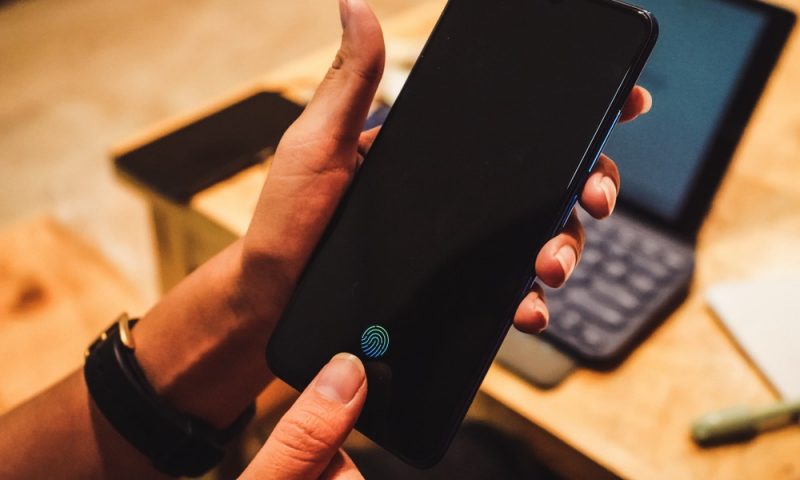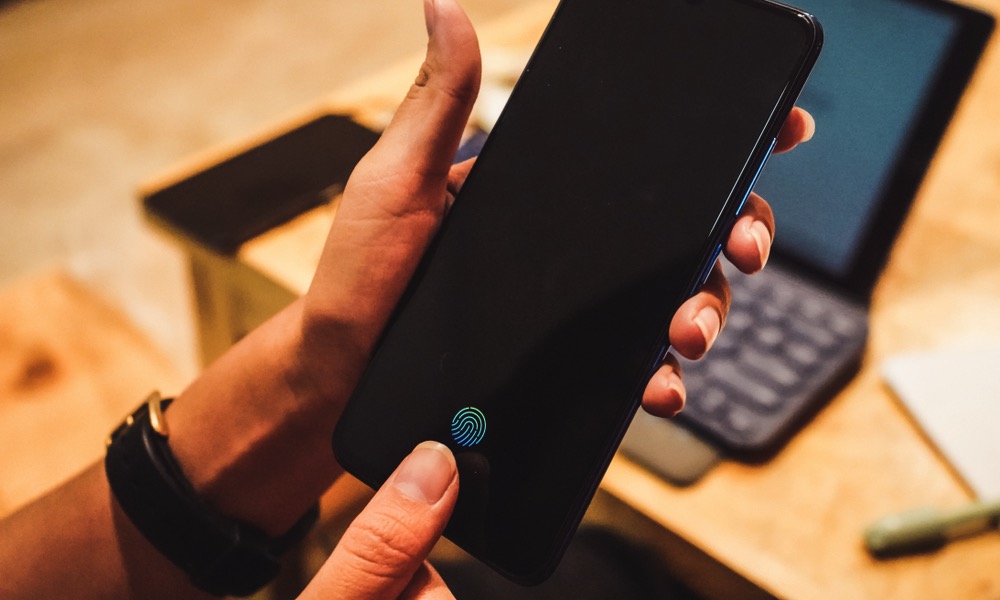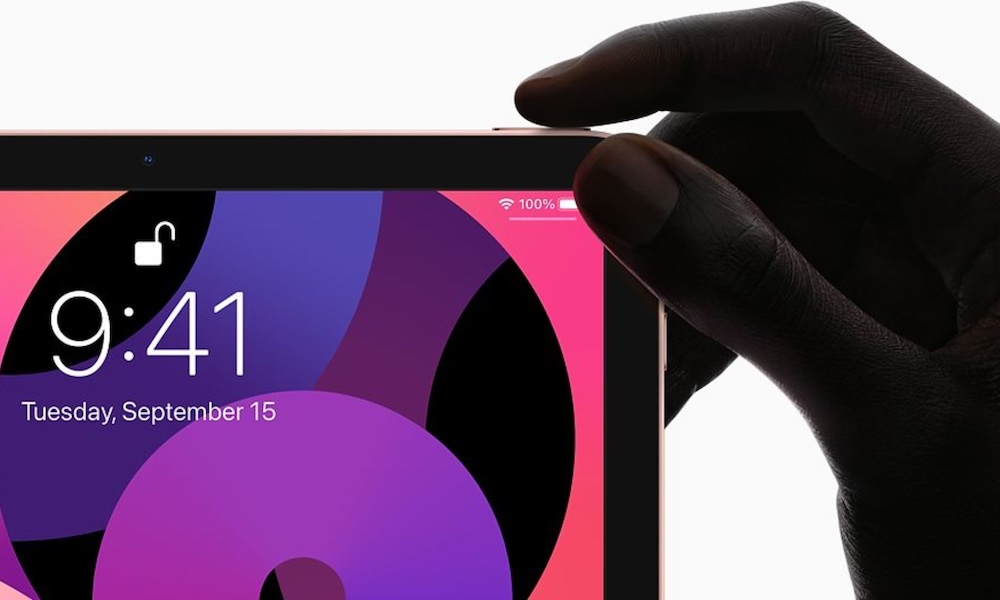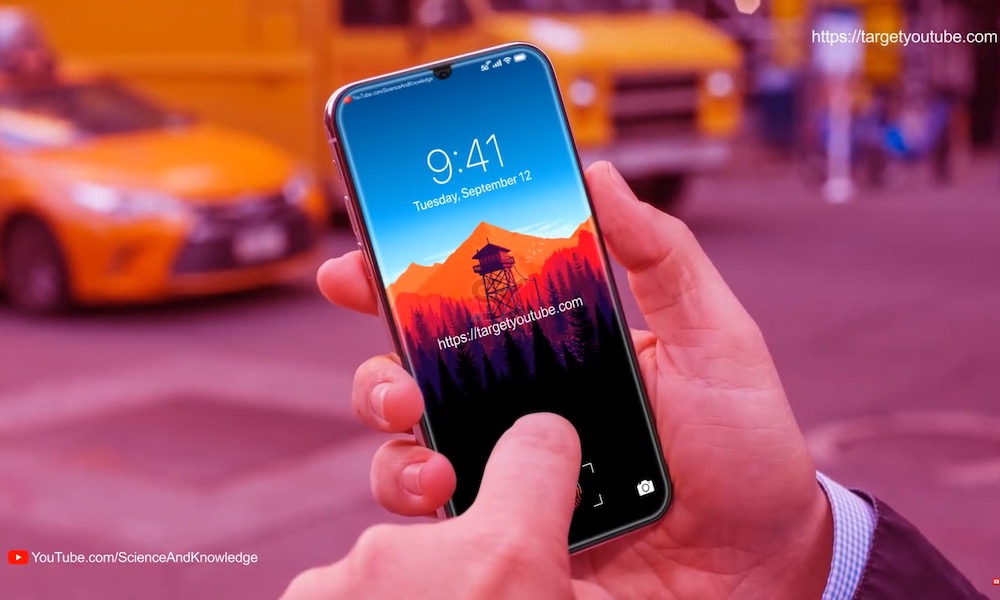Hoping for Touch ID on the iPhone 16? Don’t Hold Your Breath

 Credit: Lukmanazis / Shutterstock
Credit: Lukmanazis / Shutterstock
These reports crop up almost every year, and they’re just as consistently wrong. Each new iPhone lineup arrives with improved Face ID sensors — and no Touch ID in sight.
Perhaps ironically, the rumor mill has been quiet about Touch ID on next year’s iPhone 16 lineup, giving up on the notion that Apple will ever add it back in any form. However, it seems that at least one source is getting ahead of the game, heading off any other reports that Touch ID might be coming by stating unequivocally that it’s not.
As reported by MacRumors, a source on Weibo with a proven track record has shared information indicating that not only will the iPhone 16 not be getting Touch ID, but that Apple has essentially retired most of the equipment used to create the chips needed to power the iPhone’s fingerprint authentication feature.
While Apple has moved to a side-button Touch ID sensor on its entry-level and mid-tier iPads, the only iPhone in Apple’s lineup that still sports fingerprint authentication is the third-generation iPhone SE, and that’s solely because it retains the old-school home button of the iPhone 8 — a design that hasn’t been mainstream in at least six years.
The Weibo source, who is reportedly an integrated circuit expert, doesn’t provide any insight into how this would affect other products that are likely to retain Touch ID, including MacBooks and iPads. Only the iPad Pro models use a Face ID sensor, and rumors that Apple was considering Face ID for its high-end MacBooks have never come to fruition, leaving Touch ID as the standard across the entire lineup, including Apple’s latest M3 models.
This suggests that the chips referred to in the Weibo post may be specific to the home button Touch ID sensor used in the iPhone SE. In that case, it’s probably no surprise that Apple is phasing out that equipment. The current iPhone SE is likely the very last model we’ll see sporting a front-facing home button; recent rumors suggest that the next-gen iPhone SE 4 will feature Face ID, but even if Apple doesn’t go that far, it’s likely to adopt a design more akin to Apple’s modern iPhones, which would mean moving to a side-button Touch ID sensor like the ones found on the iPad, iPad Air, and iPad mini.

Most reliable analysts and leakers have seemingly moved on from the notion that Touch ID will be coming back in any form. The last solid report on this was in early 2021 when Bloomberg’s Mark Gurman believed that the iPhone 13 would be more of an “iPhone 12S” and adopt the in-display fingerprint sensor that Apple had long been rumored to be working on.
According to reports from Gurman and others at the time, this new sensor wouldn’t have replaced Face ID but rather complemented it as an alternative authentication method, useful in situations where Face ID might not be practical — a move that would have made sense in the masking-up days of the COVID-19 pandemic.
It wasn’t just Gurman, either. The Wall Street Journal’s Joanna Stern confirmed the report only two weeks later, noting that two former Apple employees had told her that the company had been working on in-screen fingerprint technology but was taking the time to ensure it would be reliable and secure.

Of course, we know in hindsight that this never happened, but it probably wasn’t for a lack of trying. Gurman and Stern are consummate professionals, but they’re only as reliable as their sources. Those sources weren’t likely wrong — there’s ample evidence that Apple was working on the technology — but in the end, it’s most likely Apple couldn’t get it working to its high standards, and by early 2022, we saw multiple reports that Apple had abandoned its plans for under-display Touch ID entirely.
Since then, we’ve heard nary a peep about the technology, reaffirming the reports that the project is dead. Instead, Apple focused on reducing the need for a Touch ID sensor by improving Face ID so that it could be used while wearing a mask.
That doesn’t mean there aren’t still situations where Touch ID could be handy, but like the saga of the iPhone mini, there likely isn’t enough demand for this to justify the expense Apple would put into developing it — even assuming it could make it work reliably and securely.
Nevertheless, physical Touch ID sensors will likely remain prominent in Apple’s other products for years to come. The jury is still out on whether the iPhone SE 4 will gain Face ID — the costly True Depth camera and sensor hardware makes that a challenge for a budget iPhone — but most of the iPad lineup is doing just fine with side-button Touch ID sensors, and it arguably works even better than Face ID would on Apple’s MacBooks.
[The information provided in this article has NOT been confirmed by Apple and may be speculation. Provided details may not be factual. Take all rumors, tech or otherwise, with a grain of salt.]







